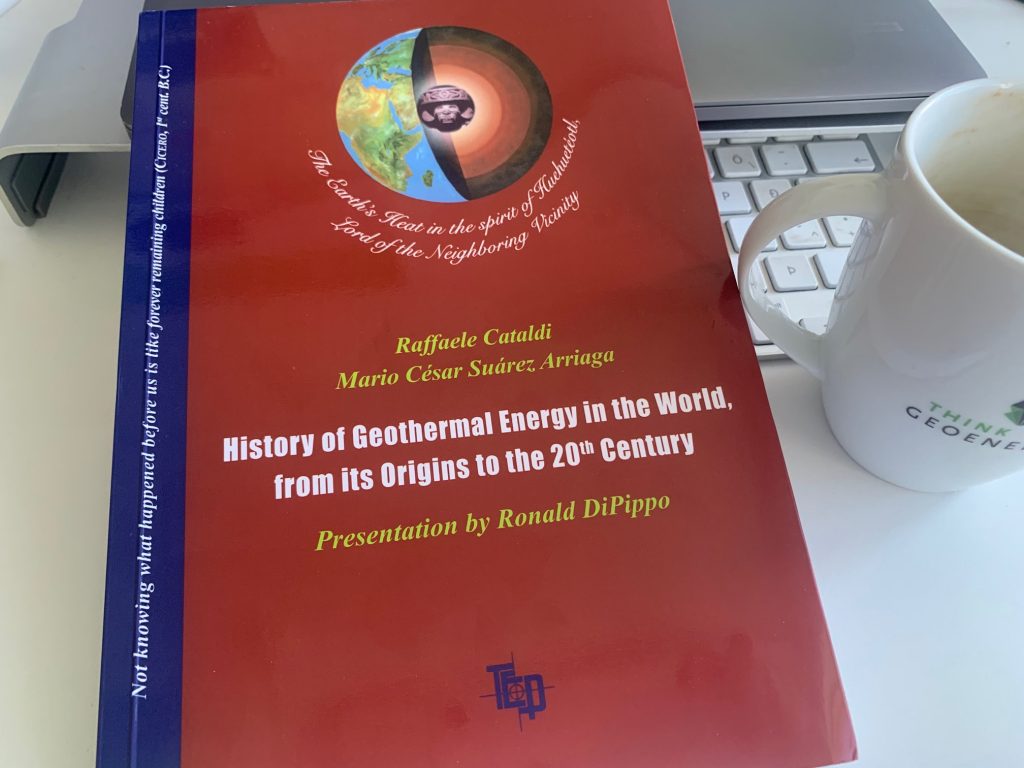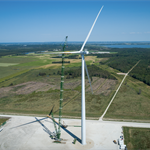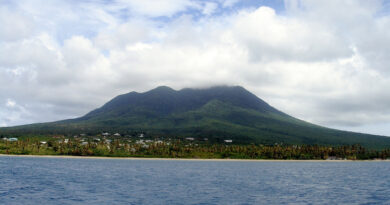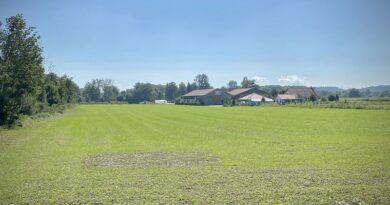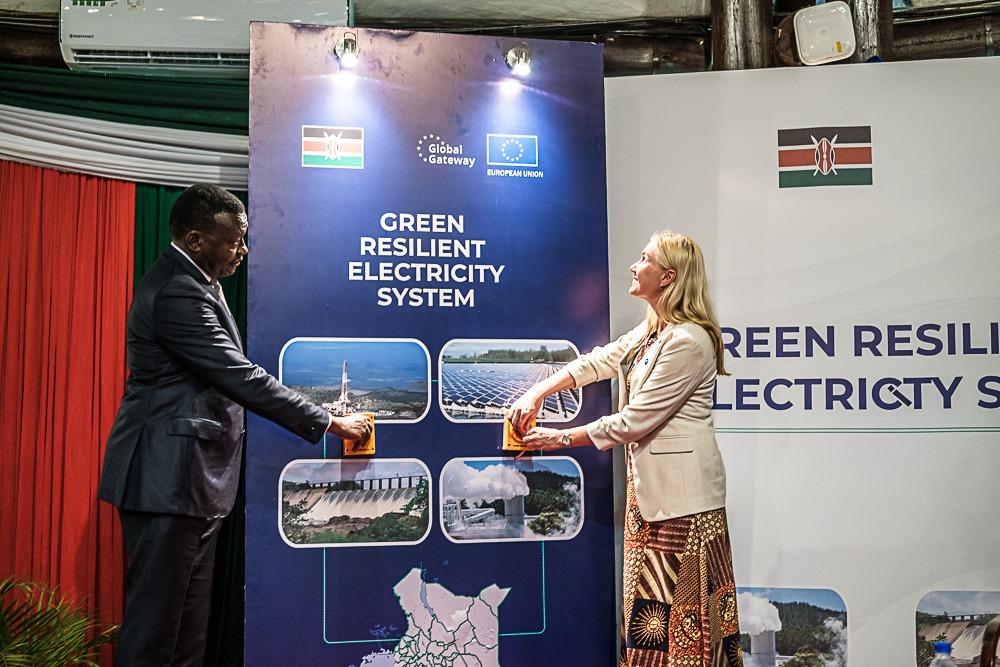Book – History of Geothermal Energy in the World to the 20th century
Energy Disrupter
A new book by Raffaele Cataldi and Mario César Suárez Arrriaga shares the history of geothermal energy from its origins up into the 20th century.
Last month, I was very honoured to receive a copy of the book on the History of Geothermal Energy in the World from its Origins to the 20th century, written by Raffaele Cataldi and Mario César Suárez Arrriaga. Thank you so much. The book provides an incredibly resourceful overview on the history of the relationship between humankind and geothermal “phenomena”.
In a presentation Ronald DiPippo, Chancellor Professor Emeritus, Mechanical Engineering, University of Massachusetts Dartmouth, U.S.A. opens the book.
Of the three main renewable energy sources – solar, wind and geothermal- the least understood and appreciated is geothermal. People generally accept and support the use of the first two, but when it comes to geothermal, most people have only vague notions about it. They may attribute potentially devastating volcanic eruptions and earthquakes to geothermal energy, but most are unacquainted with its benefits. Relatively few have had any personal pleasurable experiences with geothermal energy. While millions of people annually visit the spectacular, awe-inspiring geyser fields in Yellowstone National Park in the United States, and the Japanese people embrace geothermal hot springs as a relaxing and healthful experience, billions of people around the world have no knowledge whatsoever of geothermal energy. This is unfortunate. It is precisely geothermal energy that creates the geologic forces that give our planet its vitality and longevity.
Cataldi and Suarez Arriaga present a scholarly, highly readable, attractive, comprehensive history of the relationship between geothermal activity and humankind. They begin before the age of humans and trace the long history, illuminating their narrative with sketches and stunningly beautiful artwork.
The new version of the monograph builds upon and surpasses the previous one by several intriguing additions and enhancements. Here they present very early human footprints preserved in hardened volcanic ash on the slopes of Roccamonfina, an extinct Italian volcano in the province of Caserta. Moreover, they elaborate in this work on relatively unknown geothermal phenomena, including places and events such as Hammam Debagh and Kilimanjaro in Africa, Tongariro in New Zealand, Mt. Mayon in the Philippines, and an Aztec spa in Mexico. An especially interesting addition is a presentation of the magnificent travertine terraces at the Huanglong World Heritage Natural Site in China’s Sichuan province.
A whole new section is added on geothermal heat pumps, a recent technological advancement that is growing in importance as a more efficient means of providing comfort control in buildings and residences. Lastly, there is now an appendix written by Roman I. Pashkevich that focuses on the geothermal history, exploration, and development of the Kamchatka peninsula in the far east of Russia. Particular attention is paid to the geothermal power station at Pauzhetka, including details of the scientific, technical, administrative, and bureaucratic processes that were required to win approval for this plant.
A reading of this new monograph will leave one with a deep appreciation of the importance of geothermal energy in shaping the world in which we live. Geothermal energy has contributed mightily to our pleasure, health and wellbeing, to the commerce of nations, the vitality of the planet, and technological advancement. The more people come to understand and appreciate this reality, the greater role geothermal energy will play as we strive to survive and thrive on this dynamic planet of ours.
You can purchase the book here.
A 10% discount on the cover price of EUR 25 is available for members of the International Geothermal Association (IGA).


